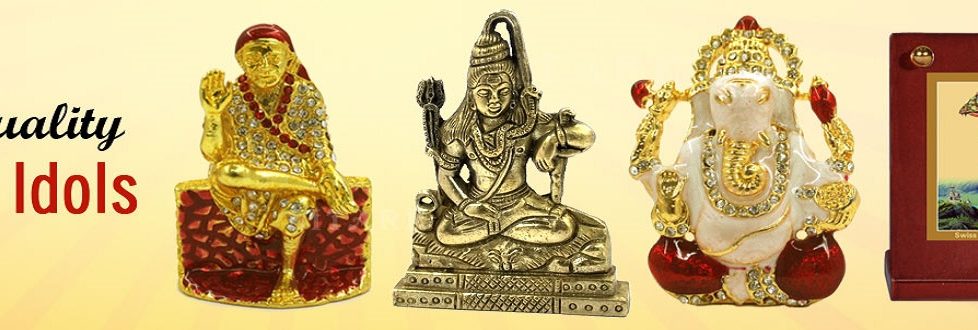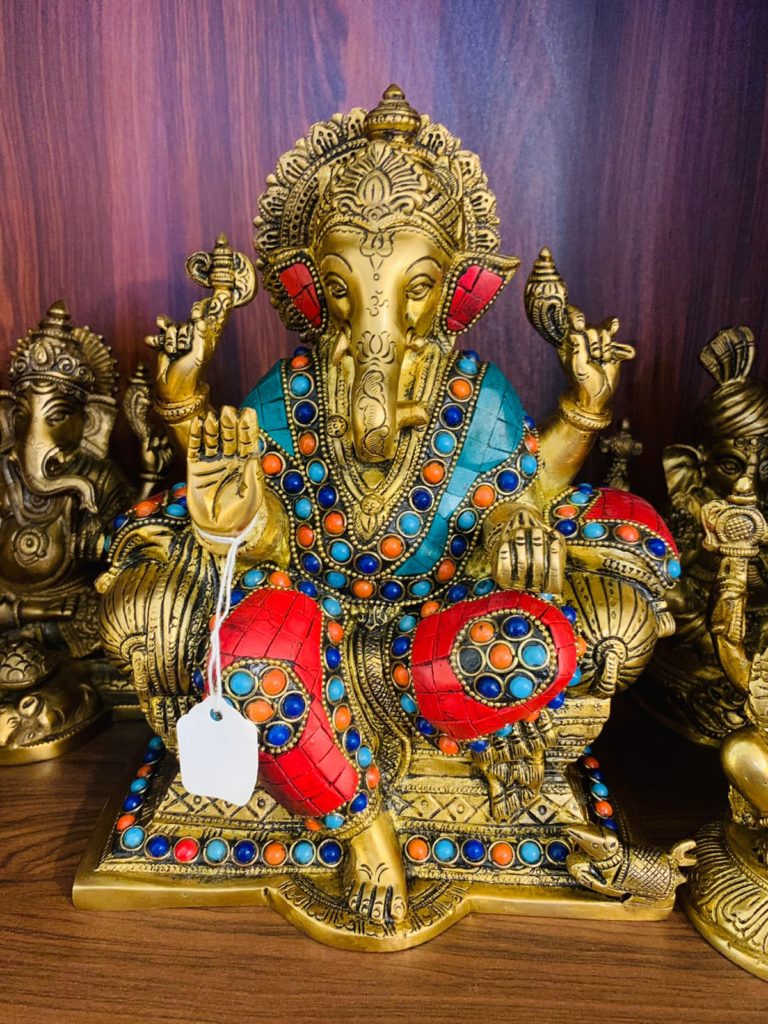Cultural Facts Behind Ganesha Chaturthi


Ganesh Chaturthi is celebrated across India annually during the Hindu month of Bhadrapada (August – September). This festival marks the birth anniversary of Lord Shiva’s son, Ganesha. The celebration involves worshipping Ganesha statues through various rituals and offerings.
Ganesh Chathurthi is also known as Vinayaka Chavithi or Vinayaka Jayanti. During this time, devotees visit temples and offer prayers to their favorite Ganpati Murti. They also perform special puja rituals at home.
Ganesh (Kan. गणेश, Tamil: கனேஷ், Telugu: గణేశ, Kannada: ಗಣೇಶ, Hindi: गणेश) also known as Ganapati (Sanskrit: गणपति), Vinayaka (Sanskrit: विनायक), and Pillaiyar (Tamil: பிள்ளையார்) is one of the deities best-known and most widely worshipped in the Hindu pantheon. Ganesha statue is found throughout India, Sri Lanka, Thailand and Nepal. In Hindu belief, he is the remover of obstacles, the bestower of prosperity, and the guardian of boundaries and new beginnings. In iconography, he is generally depicted as a benevolent, white-colored, four-armed deity riding a mouse or a rat and holding a broken tusk (representing wisdom), a goad (representing discipline), and a bowl or a cup (representing bounty).

In some parts of Maharashtra, one has to follow a strict set of 16 rituals to appease Lord Ganesh idol and get his blessings. Some of these rituals include worshiping the Lord with sixteen types of food, oil, and other ingredients and showering him with sixteen different types of leaves and flowers. One also has to install the Ganesha brass, clean it, decorate it, and wash it, after which the idol is anointed with sixteen different types of scents and fragrances. One must also chant the four Vedic mantras of Lord Ganesh Murti.
There are many similarities between the Hindu God Ganesha and the Chinese God of wealth, Ji Gong. They both have the same origin story in that they were ascetic sages on a journey who were attacked by demons at the end of their journey. Both destroyed the demons and were rewarded by the gods for their good deeds. Additionally, both are depicted as fat, have a large belly, and are frequently depicted with a pot belly, large ears and an elephant head. This is also why you often see Ganesha brass wearing a hat and holding a wine pot, as well as statues of Ji Gong holding a gourd to hide his pot belly and a hat to hide his large ears.
Puran Poli, a sweet dish made of flour, is a popular dessert during the Ganesh Chaturthi festival in India. The other popular sweets are modaks, karanjis, gula gula and laddoos. Apart from these sweets, people also enjoy eating halwa, khir, and jalebi during the festival. All these sweets are offered to the Lord Ganesha and later served to the devotees as prasad.
Modak and Puran Poli are made of the same ingredients, though modak is made in a round shape, and Puran Poli is made in the shape of a pyramid.
Karanji is made from sugar, wheat flour, and ghee, deep-fried and soaked in sugar syrup. Prasad can vary from place to place and from festival to festival.
According to Hindu mythology, when Goddess Parvati created Ganesh, she gave him the mammoth task of studying in 18 schools of Hinduism, six schools of Vedas, the Ramayana and the Mahabharata. The celebration is generally dedicated to Lord Ganesh, an immensely popular deity in Maharashtra and is the son of Goddess Parvati and Lord Shiva. To celebrate the day, people install Ganesh statues in homes with a ritual called Ganapati Homam and perform the ritual of ‘Shastrapujan’. Then they worship the Ganesh idol with lots of necessary things like Modaks, clothes, fruits and money. The festival is celebrated with pomp and splendor, and devotees keep fast. People also perform the ‘Rath Yatra’ and enjoy the day by keeping the idol in a procession.
If you’re looking for some innovative Ganesha sculptures on how to celebrate Ganesh Chaturthi, then you’re at the right place! The Advitya will show you wide array of Ganpati idol to make your Ganesh Chaturthi celebration more fun. To get started, you can also explore through our Ganpati Murti section.
DISCLAIMER: The author is solely responsible for the views expressed in this article. The author carries the responsibility for citing and/or licensing of images utilized within the text.
